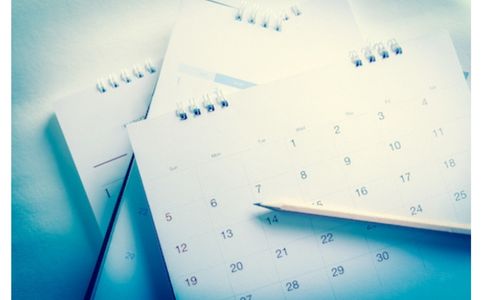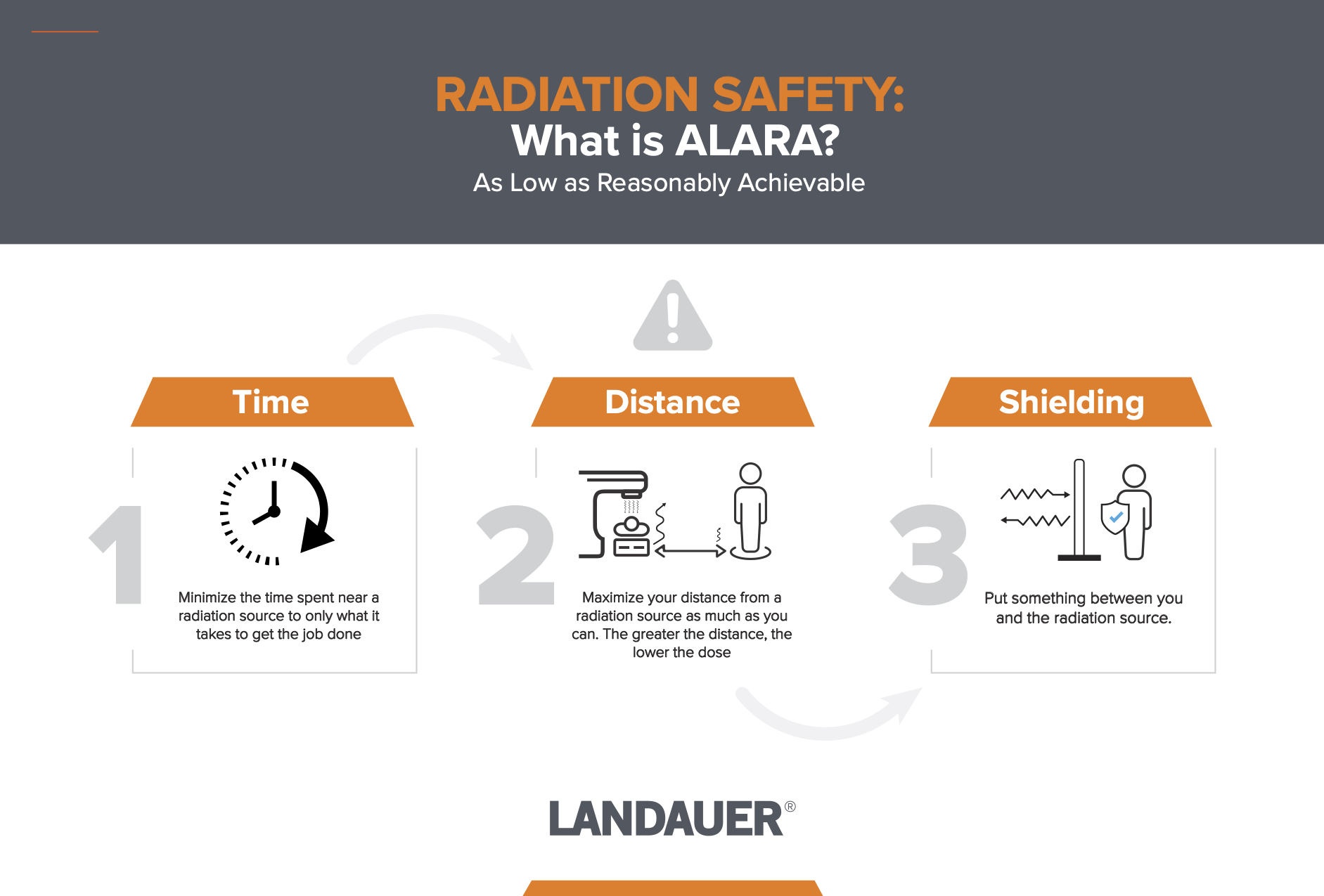
How Often Should Dosimeters Be Exchanged?
Once you’ve decided on using the LUXEL®+ dosimeter badge to measure radiation dose for your radiation workers, the next question to consider is how often should the dosimeters be exchanged for dose reading and analysis.
How Often Should Dosimeters Be Exchanged?
There are many badge exchange timing options to consider, and making the best decision for your radiation workers rests on several of your practice details. The primary consideration when deciding how often to exchange your dosimeters is the amount of radiation dose a radiation worker receives or is expected to receive based on the type of medical imaging involved.
 “For many practices, the best choice is to exchange the badges on a quarterly schedule for optimal radiation dose monitor level tracking,” according to Christine Krieman, MS, Practice Associate in LANDAUER Radiation Safety Support Services. This is likely true for smaller practices like dental and veterinary or where the radiation dose exposure is low based on type of imaging procedure.
“For many practices, the best choice is to exchange the badges on a quarterly schedule for optimal radiation dose monitor level tracking,” according to Christine Krieman, MS, Practice Associate in LANDAUER Radiation Safety Support Services. This is likely true for smaller practices like dental and veterinary or where the radiation dose exposure is low based on type of imaging procedure.
“However, if the worker is exposed to high amounts of radiation, you may want a monthly badge exchange to keep a close watch on dose levels.”
When signing on with LANDAUER, you will work with LANDAUER personnel to discuss your radiation safety program needs, including setting up the right timing for your dosimeter exchanges.
ALARA and Dosimeter Exchange Frequency
Maintaining personnel safety standards known as ALARA (As Low as Reasonably Achievable) Level 1 and Level 2 is required by the Nuclear Regulatory Commission (NRC) and by Agreement States who follow NRC rules, Krieman noted.
Used and defined by the NRC and many other licensing agencies, an ALARA program is in place to reduce occupational exposures as far below the specified limits as is reasonably achievable by means of good radiation safety planning and practice.
In addition, the rules and regulations of the NRC require each licensee to “develop, document, and implement a radiation protection program…” as defined in the Code of Federal Regulations, Title 10, Chapter 20.1101, Radiation Protection Programs.

No matter what your badge exchange frequency is, dose exposures for ALARA 1 and 2 are totaled on a quarterly basis so you can see if an employee is getting close to or exceeding an annual dose level. If an employee’s dose exposure is high and the work isn’t modified, the worker might exceed annual radiation safe exposure limits.
Maintaining a well-managed badge exchange program is vitally important to your employees’ health and your patients’ scheduling. For example, if a radiation worker reaches or exceeds an annual radiation dose level, that employee would need to be reassigned, which could disrupt your practice flow and end up in rescheduling patient visits.
Dosimeter Exchanges for Pregnant Radiation Workers
Additional badge exchanges are required for employees who declare their pregnancy to their employers in writing. In these cases, they are issued a new badge specifically intended for fetal dose calculation. That badge is exchanged monthly for the duration of the pregnancy, regardless of their other dosimeter exchange frequency, said Krieman.
That additional badge is exclusive to fetal dose and is supplemental to the employee’s assigned badge. Fetal exposures are reported in that employee’s LANDAUER Radiation Dose Report on a monthly basis.
What Happens When You Exchange Your Badges
When badges are returned to the LANDAUER lab, which is accredited by NVLAP, or the National Voluntary Laboratory Accreditation Program, the data is read and analyzed. The reports for each employee are then uploaded to your myLDR portal, where they can be accessed anytime.
This ensures that your practice is on top of current personnel radiation safety and can feel secure in being in compliance with federal, state, and local radiation safety regulations.
